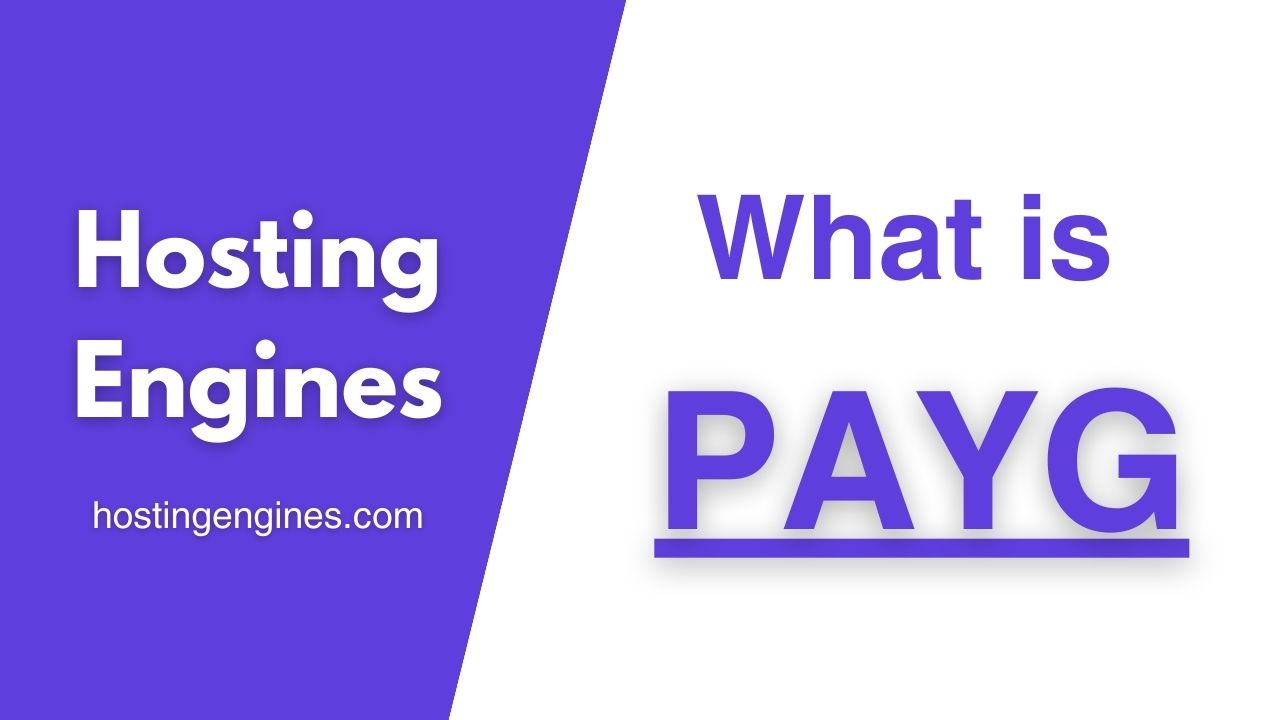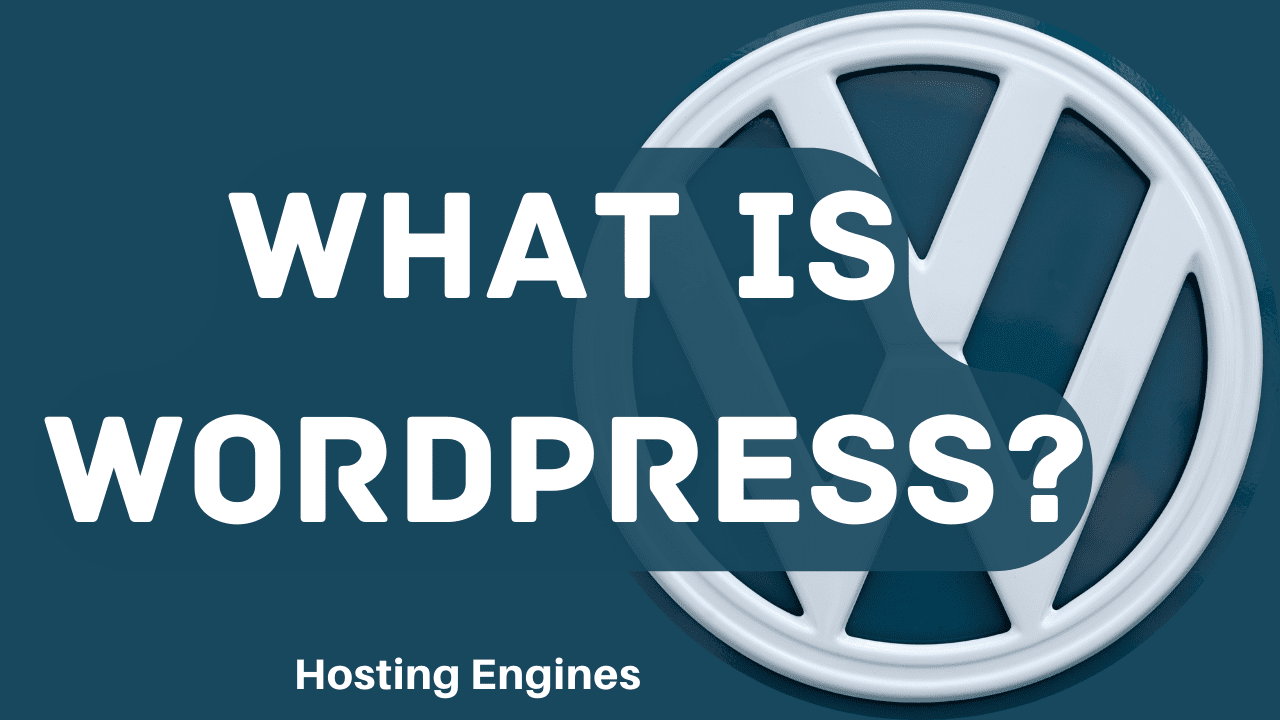The typical fixed-cost web hosting pricing structure in most web hosting services requires upfront payment on a monthly, yearly, or other basis. This pricing includes the plan you choose with the resources described in the plan, whether you used all these resources or not.
On the other hand, web hosts that offer a Pay as You Go pricing model will charge you only for the resources you consume, and at the end of the billing cycle.
What is the “Pay as You Go” Pricing Model?
Pay as You Go “PAYG” in web hosting is a dynamic pricing model where customers are charged based on the resources they consume.
Instead of buying a fixed hosting package, users get billed for their actual usage, such as the amount of bandwidth, storage, or CPU hours used, at the end of the billing durations, (for example, at the end of the month).
For instance, on a web host with a PAYG payment model, if you set up two servers each costing $10 per month, “$20 for both”, and you terminate one server halfway through the month, you’ll be billed $15 at the end, $10 for the uninterrupted server, and $5 for the half-month usage of the terminated server.
PAYG Compared to Other Hosting Pricing Models?
Traditional web hosting plans come with set limits on storage, bandwidth, and other resources. When selecting a hosting plan, you will estimate the resources your website needs.
If your website needs more than the plan provides, you will need to upgrade your entire plan to one with more resources.
On the other hand, PAYG hosting providers offer flexibility through a variety of plans that allow you to upgrade your server resources instantly.
For example, if your website gets a sudden traffic spike, you can scale up your bandwidth by upgrading to a higher tier plan adding only additional cost.
Advantages of Pay as You Go:
- Cost-Efficient: Since you’re only billed for what you use, you don’t end up paying for unused resources. This can be especially cost-effective for projects with unpredictable or fluctuating traffic.
- Adaptable to Your Needs: For websites that expect spikes in traffic. You can easily scale resources up during peak times and dial them down when traffic drops.
- Real-Time Monitoring Tools: Most PAYG providers offer intuitive dashboards that allow users to monitor their resource consumption in real-time. This will help you understand your website’s performance and manage your expenses.
- No Upfront Commitment: Traditional hosting requires you to commit to long-term contracts with substantial upfront payments, if you decide to leave them earlier, you will not get your money back. In contrast, PAYG has no upfront costs, and when you decide to leave, you don’t lose money.
Disadvantages of Pay as You Go:
- Unpredictable Costs: If not monitored carefully, expenses can escalate. For instance, a sudden surge in website traffic might lead to higher costs than anticipated.
- Tracking expenses: Users need to monitor their usage closely to avoid unexpected bills, which can be burdensome and time-consuming.
Tips for Maximizing “Pay as You Go”
- Set up alerts if usage crosses a certain threshold to prevent unexpected bills.
- Review your resource consumption frequently.
- Analyze your usage patterns to see if there are areas where resources can be optimized or reduced without impacting performance.
Web Hosting Providers Offer Pay as You Go Payment Model
There are many web hosting providers that offer the PAYG payment model, and here are the best of them.
| Web Host | Pricing | Hosting Type |
|---|---|---|
| Cloudways | Strating From $11/month. | Managed Cloud Hosting |
| DigitalOcean | Starting From $4/month. | Un-managed Cloud Hosting |
| Vultr | Starting From $2.50/month. | Un-managed Cloud Hosting |
| Linode | Starting From $5/month. | Un-managed Cloud Hosting |
Wrapping Up:
The “Pay as You Go” (PAYG) pricing model offers a dynamic and flexible alternative to traditional fixed-cost plans. PAYG’s advantages include cost-efficiency, real-time resource monitoring, and flexibility to scale as needed. However, it can lead to unpredictable costs if not monitored carefully.
To make the most of PAYG hosting, you should set up usage alerts, review resource consumption regularly, understand pricing structures, and optimize resources.
Read also:
How Much Does Website Hosting Cost?
Why Do You Have to Pay for Web Hosting?






